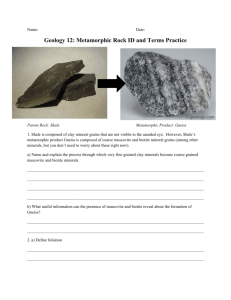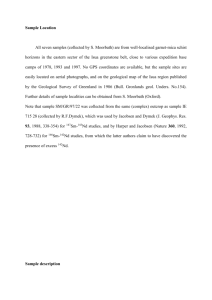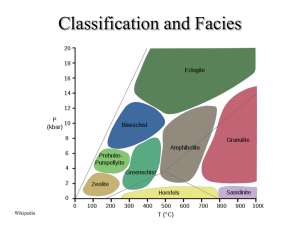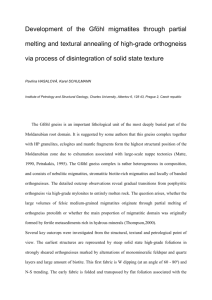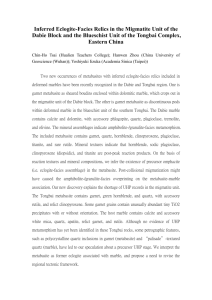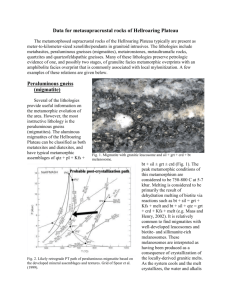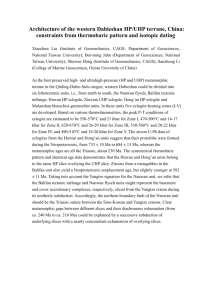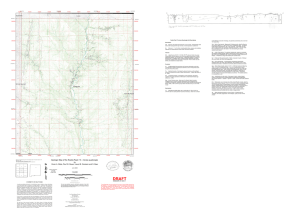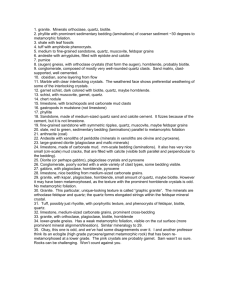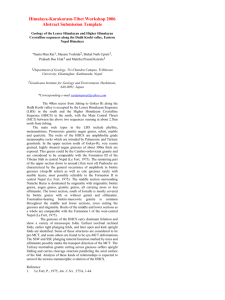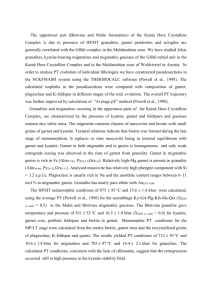Abstract
advertisement
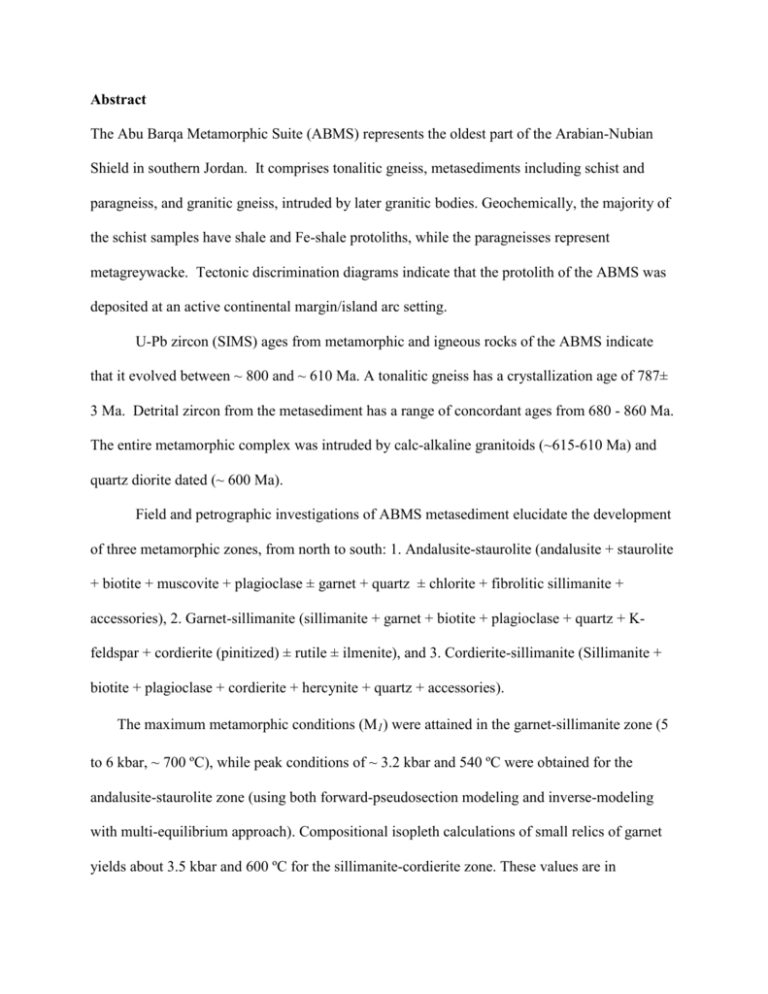
Abstract The Abu Barqa Metamorphic Suite (ABMS) represents the oldest part of the Arabian-Nubian Shield in southern Jordan. It comprises tonalitic gneiss, metasediments including schist and paragneiss, and granitic gneiss, intruded by later granitic bodies. Geochemically, the majority of the schist samples have shale and Fe-shale protoliths, while the paragneisses represent metagreywacke. Tectonic discrimination diagrams indicate that the protolith of the ABMS was deposited at an active continental margin/island arc setting. U-Pb zircon (SIMS) ages from metamorphic and igneous rocks of the ABMS indicate that it evolved between ~ 800 and ~ 610 Ma. A tonalitic gneiss has a crystallization age of 787± 3 Ma. Detrital zircon from the metasediment has a range of concordant ages from 680 - 860 Ma. The entire metamorphic complex was intruded by calc-alkaline granitoids (~615-610 Ma) and quartz diorite dated (~ 600 Ma). Field and petrographic investigations of ABMS metasediment elucidate the development of three metamorphic zones, from north to south: 1. Andalusite-staurolite (andalusite + staurolite + biotite + muscovite + plagioclase ± garnet + quartz ± chlorite + fibrolitic sillimanite + accessories), 2. Garnet-sillimanite (sillimanite + garnet + biotite + plagioclase + quartz + Kfeldspar + cordierite (pinitized) ± rutile ± ilmenite), and 3. Cordierite-sillimanite (Sillimanite + biotite + plagioclase + cordierite + hercynite + quartz + accessories). The maximum metamorphic conditions (M1) were attained in the garnet-sillimanite zone (5 to 6 kbar, ~ 700 ºC), while peak conditions of ~ 3.2 kbar and 540 ºC were obtained for the andalusite-staurolite zone (using both forward-pseudosection modeling and inverse-modeling with multi-equilibrium approach). Compositional isopleth calculations of small relics of garnet yields about 3.5 kbar and 600 ºC for the sillimanite-cordierite zone. These values are in agreement with results obtained by TWQ inverse modeling. The M1 event most probably occurred around ~625 and was followed by a decompressional thermal phase (M2) contemporaneous with post-tectonic granitoid emplacement at ~ 615-610 Ma; and lastly went through a retrograde cooling phase (M3) accompanying uplift of the whole complex to the surface at ~ 605 Ma.
